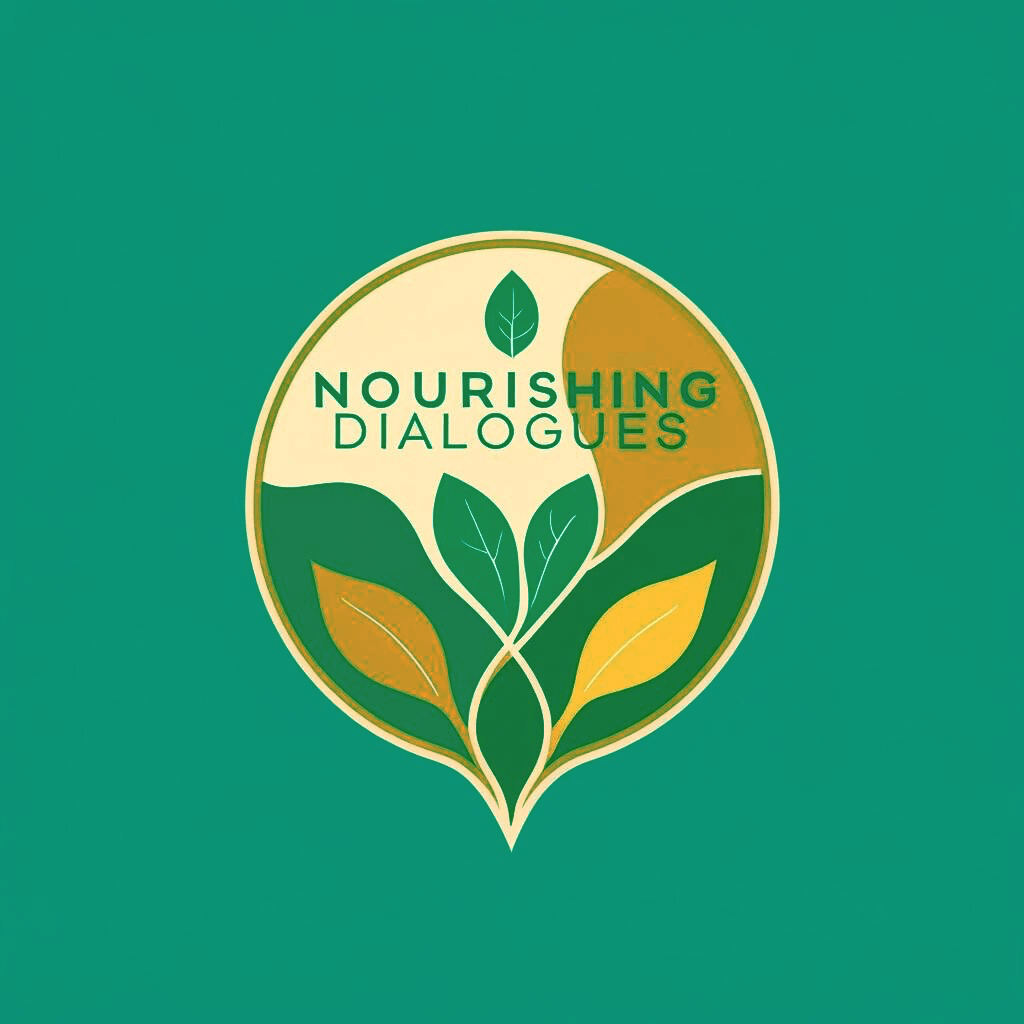After thirty years of living and working in cross-cultural environments, from Fortune 500 companies to the Centre for World Peace and Health, I can walk into any organization and within fifteen minutes of observing their meetings, tell you exactly what level of dialogue maturity they’ve achieved.
And here’s what keeps me up at night: The organization’s dialogue maturity is the ceiling for everything else.
You cannot outperform your communication capacity.
Most organizations plateau at Level 2, wondering why their brilliant strategies aren’t landing, why talented people keep leaving, why initiatives that should work ... just don’t.
The answer is almost always: Your dialogue capacity hasn’t evolved to match the complexity you’re trying to navigate.
Let me show you the five levels, how to recognize where you are, and, most importantly, how to evolve to the next stage.
Level 1: Debate (Win/Lose)
What It Looks Like
Meetings feel like verbal combat. Someone has to win, someone has to lose. The loudest voices dominate. Disagreement feels personal. Team members leave meetings frustrated, unheard, or resentful.
I watched this play out with a tech company leadership team. Their weekly strategy meetings were exhausting everyone. The managers had stopped speaking to each other directly — they were communicating through passive-aggressive messages.
The CEO kept saying, “We need better collaboration,” but what he really meant was, “Stop fighting.”
The Communication Pattern
Watch for these telltale signs:
- Cross-talk and interruptions are constant.
- People defend positions rather than explore ideas.
- Silence means defeat, not thoughtfulness.
- “Let’s take this offline” is code for avoiding public conflict.
What’s Missing
At Level 1, teams lack three critical capacities:
- The ability to hold multiple perspectives simultaneously without feeling threatened.
- Skills to separate ideas from identity — challenging someone’s thinking without challenging their worth.
- Frameworks for navigating disagreement that don’t require someone to lose.
The Cost
High turnover. Slow decision-making (because decisions get relitigated in parking lot conversations). Innovation stagnation. Us-versus-them dynamics between departments.
That tech company? They lost two senior leaders in six months. Exit interviews revealed the same theme: “The constant combat was exhausting.”
How to Evolve
Start simple:
- Introduce “Yes, and...” thinking to build on ideas rather than shut them down.
- Practice separating person from problem in structured ways.
- Create explicit norms about respectful disagreement.
But recognize: This is just the beginning.
Level 2: Discussion (Compromise)
What It Looks Like
People have learned to be polite. There’s less overt conflict. Meetings feel “professional.”
But underneath? Real concerns still don’t get voiced. The team settles for compromise rather than integration. Everyone gives a little, no one gets what they actually need.
This is where most organizations get stuck.
I see it constantly: Leadership teams who’ve gotten “professional” enough to avoid combat but haven’t developed capacity for real dialogue. So they plateau here, wondering why engagement is still low and innovation is still slow.
The Communication Pattern
Listen for:
- Lots of hedging language: “maybe,” “I think,” “just wondering”.
- People deferring to authority or majority.
- “Let’s find middle ground” as the default response.
- Real conversations happening in parking lots after meetings.
- “I’m fine with whatever” when people clearly aren’t fine.
The Hidden Problem
Here’s what most leaders miss: You’ve treated the symptoms of combat without addressing the root causes.
You’ve gotten good at being polite. You haven’t built capacity for truth-telling.
A Real Example
A healthcare organization I worked with had beautiful values statements about “open communication” and “psychological safety.” They’d done workshops. They had ground rules.
But when I sat in on their executive meetings, I could feel the tension. Important concerns weren’t being raised. After meetings, small groups would gather and say what they really thought.
One VP told me privately: “I don’t speak up anymore. It goes nowhere, and then I’m seen as negative.”
That’s Level 2. Polite dysfunction.
How to Evolve
This is where the real work begins:
- Build genuine psychological safety (not just comfort but the capacity to hold discomfort).
- Teach leaders to facilitate, not just run meetings.
- Create structures for surfacing unspoken concerns.
- Learn to work with conflict as information, not threat.
You need frameworks like the PEACE Code — tools for navigating dialogues consciously, not just techniques for being nice.
Level 3: Dialogue (Integration)
What It Looks Like
Disagreement becomes interesting rather than threatening.
People can hold multiple perspectives without losing themselves.
The team explores complexity together.
Different viewpoints deepen understanding rather than creating division.
This is where transformation begins.
The Communication Pattern
You’ll hear:
- Genuine curiosity: “Help me understand your thinking.”
- Building on ideas: “What I’m hearing is... and what I’m adding is...”
- People changing their minds based on new information.
- Comfortable silence — it means people are thinking.
- “What are we missing?” as a regular question.
What’s Present
At Level 3, three things have fundamentally shifted:
- Psychological safety strong enough to hold discomfort (not just surface politeness).
- Leaders who can facilitate emergence (not just drive their agenda).
- Shared frameworks for navigating complexity (like PEACE Code or SEALS Method).
Team members have developed individual capacity for presence, attunement, and conscious choice.
What happens when you get unstuck at Level 2?
What if after nine months of intensive work — leadership team training, practice with frameworks, somatic capacity building — you can now operate at Level 3?
Meetings will have changed completely. Navigating a contentious decision about resource allocation that would have blown up a year ago can now become a training ground to explore multiple perspectives, integrate concerns, and find a solution that addresses root needs rather than just splitting the difference.
The manager who’d stopped speaking up can now say: “I actually look forward to our meetings now. We’re doing real work together.”
The Impact
Organizations at Level 3 experience:
- Faster, better decisions
- Higher engagement and retention
- Cross-functional collaboration that actually works
- Innovation acceleration
- Culture as competitive advantage
Level 4: Generative (Convergence)
What It Looks Like
The team doesn’t just integrate perspectives — they facilitate emergence.
Solutions arise that no single person brought to the table.
Collective intelligence becomes palpable.
The whole truly becomes greater than the sum of parts.
This is rare. And powerful.
The Communication Pattern
Listen for:
- “What’s trying to emerge here?” as a guiding question.
- People finishing each other’s thoughts in generative (not interruptive) ways.
- Comfort with ambiguity and not-knowing.
- Ability to hold paradox without rushing to resolve it.
- “We” thinking that doesn’t erase individual voice
What Makes This Possible
Level 4 requires:
- Deep trust and mutual regard.
- Sophisticated capacity to work with complexity.
- Leaders who see their role as holding space for emergence rather than having answers.
- Teams that can self-organize and self-correct.
The Transformation
I watched a leadership team at a social impact organization reach this level after eighteen months of practice.
They were designing a new program that would reshape their entire service model. As they talked, something shifted in the room. Ideas started flowing in a way that felt almost magical — each person’s contribution unlocking the next.
The Executive Director said afterward: “I’ve never experienced anything like that. We created something none of us could have imagined alone.”
That’s convergence.
Level 5: Regenerative Dialogue (Legacy-Building)
What It Looks Like
Dialogue becomes a practice of collective healing and cultural evolution.
Communication patterns actively repair harm, redistribute power, and create conditions for everyone to thrive.
The organization sees itself as part of larger ecosystems and contributes to cultural transformation beyond its walls.
The Communication Pattern
You’ll notice:
- Explicit attention to power dynamics and historical harm.
- Communication practices that honor diverse ways of knowing.
- Intergenerational thinking: “How will this impact those who come after?”
- Regular reflection on organizational shadow and blind spots.
- Dialogue as spiritual practice, not just business tool.
What’s Required
Deep commitment to wholeness — personal, organizational, societal.
Understanding that individual healing and collective healing are inseparable.
Integration of Indigenous wisdom and contemplative practices with modern business.
Leaders who see their role as cultural stewards.
The Vision
This is where visionary organizations are heading.
Organizations that become training grounds (more like playgrounds, as we integrate child-like wonder with adult wisdom) for new ways of working. That attract people seeking meaning, not just compensation. That create ripple effects in broader culture.
This is legacy-making dialogue.
Where Are You?
Here’s a quick assessment:
When disagreement arises in your meetings, what happens?
- Level 1: Someone wins, someone loses.
- Level 2: People compromise or stay silent.
- Level 3: Team explores multiple perspectives.
- Level 4: New solutions emerge that no one brought.
- Level 5: Dialogue transforms relationships and patterns.
What’s the quality of silence in your meetings?
- Level 1: Tense, awkward, or absent
- Level 2: Polite but superficial
- Level 3: Comfortable, thoughtful
- Level 4: Pregnant with possibility
- Level 5: Sacred, generative
How do people respond to being challenged?
- Level 1: Defensive, take it personally
- Level 2: Politely deflect or defer
- Level 3: Get curious, genuinely consider
- Level 4: Welcome as opportunity to deepen thinking
- Level 5: Transform challenge into collective learning
Most organizations will find themselves solidly at Level 2, with occasional glimpses of Level 3.
The Path Forward: You Can’t Skip Levels
Here’s what I want you to understand: You can’t skip levels.
I see leaders try this all the time. They read about Level 4 emergence and try to implement those practices while their organization is still stuck in Level 1 debate mode.
It doesn’t work.
Each level builds capacity required for the next level. You have to do the developmental work.
If You’re at Level 1
Focus on creating basic psychological safety and teaching frameworks for productive disagreement. Start with just learning to pause before reacting.
If You’re at Level 2
Build genuine psychological safety (not just politeness). Develop leaders’ facilitation skills. Create structures for surfacing real concerns. This is where you need rigorous frameworks like the PEACE Code.
If You’re at Level 3
Deepen individual and collective capacity. Work with complexity and emergence. Develop organizational learning systems. Integrate advanced frameworks like the SEALS Method for high-stakes navigation.
If You’re at Level 4
Focus on sustainability of your practice. Address remaining shadows and blind spots. Begin contributing to broader cultural transformation.
If You’re Aspiring to Level 5
Engage in deep personal and collective healing work. Study regenerative systems. Build partnerships that extend your impact beyond organizational boundaries.
What This Means for You
You have a choice.
You can accept that your organization’s Dialogue Maturity is what it is and work within those constraints.
Or you can commit to developing the capacity — in yourself first, then your team, then your organization — to evolve to the next level.
Here’s what I know after thirty years of this work:
The organizations that will thrive in the next decade are the ones investing in dialogue capacity development now.
As complexity increases, as change accelerates, as AI handles more technical work, the uniquely human capacity to navigate dialogue will become the defining competitive advantage.
Your Dialogue Maturity is either your ceiling or your foundation.
The question is: Which do you want it to be?
Your Next Step
Want to assess where you and your team are? I’ve created a comprehensive Dialogue Maturity Assessment that evaluates your current capacity across all dimensions of the PEACE Code framework. [Download it here - it’s free]
Ready to develop your capacity? Your Success Multiplier Audio Course teaches you the frameworks and practices to evolve from reactive to conscious communication. [Learn more here].
Leading a team? Let’s talk about bringing dialogue capacity development to your organization. [Schedule a conversation]
A Final Thought
You didn’t come this far in your leadership journey to settle for combative communication and fragmented culture.
You know there’s a better way: one that honors wholeness, builds connection, and drives results.
The five levels aren’t just a model. They’re a roadmap for becoming the leader who transforms not just what gets said, but how we relate to each other in the process.
The world needs leaders like you — heart-centered, visionary, and skilled in the art of Nourishing Dialogues.
Your team needs you to show them this is possible.
Your legacy depends on the conversations you have today.
What level are you operating at? And what would it mean to evolve to the next one?
Care to share share your thoughts? Hit the reply button. I read every reply.
If this resonated with you, please share it with a leader who needs to read it. And subscribe for perspectives on conscious leadership and transformational communication.






